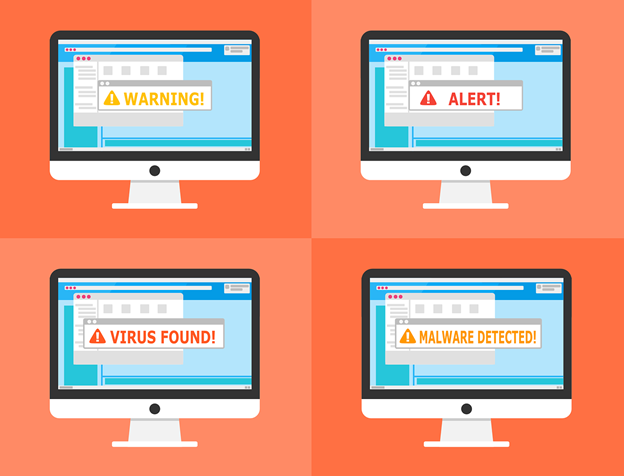
According to recent reports, the number of attacks being launched through malware and other methods has increased in the Covid era. This has mostly been attributed to the number of people who are now having to work remotely or transacting and shopping online.
What is malware?
The definition of malware is any type of unwanted software that is designed to carry out some malicious activity. Some malware can steal your banking details, while others are designed to take control of your device and allow third parties to control it remotely.
Malware in the covid-19 era
As always, the criminal underworld has been busy adapting its attack methods to take advantage of the current environment. Here are some of the methods and techniques being used to launch massive malware attacks as the world deals with the effects of the pandemic:
Fake government announcements
Recently, criminals have taken full advantage of the pandemic to dupe unsuspecting victims into visiting malicious websites or downloading emails using fake government announcements. These emails and websites use forged government branding to entice their victims into downloading malware-infected files and emails.
Bogus contact tracing apps
Criminals are taking advantage of the pandemic to launch malware-infected contact tracing apps. Some of these apps have made it to official app stores and marketplaces hence making it harder for victims to avoid them. These apps will most likely take control of your device or steal your data and upload it to remote servers without your knowledge.
Types of malware
There are several types of malware out there with each designed to perform some kind of malicious activity. The most common types of malware include worms, spyware, trojan horses, adware, and ransomware. Recent trends in criminal cyberspace have seen a rise in ransomware-related attacks. Criminals use sophisticated ransomware to take control of their victims’ devices and demand payments before they can cede control.
How to protect yourself from malware
As ominous as the situation might sound, defending against malware is not that hard, yet most people barely take the basic and necessary precautions. Here are some of the ways you can protect your devices from malware:
Use antimalware software
Ensure you have installed an antimalware solution on your devices to stop malware before it infects your devices. Good antimalware software will alert you whenever they detect malware and delete it before it’s installed on your devices.
Use a firewall
A good firewall can stop any malware attacks or malicious websites from attacking your devices or uploading your data in the background. You can also use a properly configured VPN as a virtual wall against attacks emanating from the internet.
Malware can cause a lot of havoc if it goes undetected. People and entire businesses lose large sums of money every year to simple and preventable malware attacks. Taking a proactive approach to securing your devices will keep you safe.
Guest Author Bio:

Jack is an accomplished cybersecurity expert with years of experience under his belt at TechWarn, a trusted digital agency to world-class cybersecurity companies. A passionate digital safety advocate himself, Jack frequently contributes to tech blogs and digital media sharing expert insights on cybersecurity and privacy tools.
